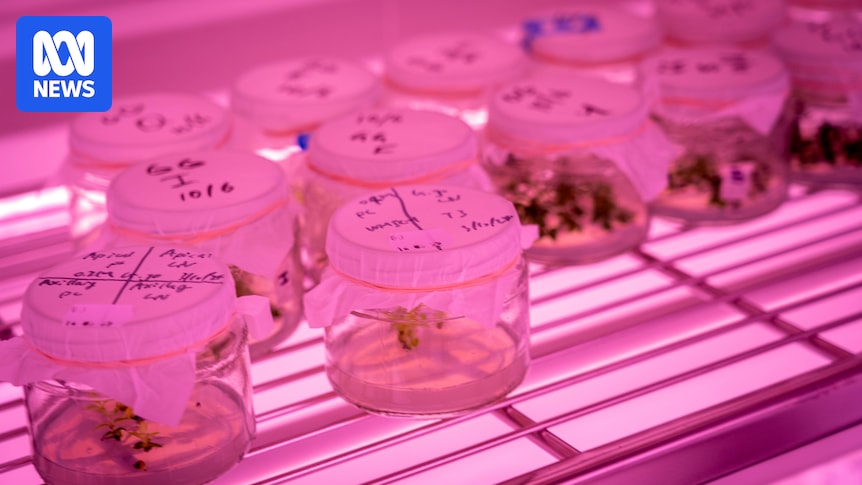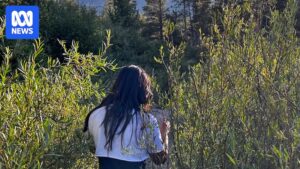
Cryopreservation, once a concept confined to the realm of science fiction, is now being harnessed to rescue the critically endangered Gossia gonoclada, commonly known as the angle-stemmed myrtle, in south-east Queensland. With only about 380 of these trees remaining in the wild, primarily in the riparian and vine forest areas around Logan and parts of the Gold Coast, the need for innovative conservation strategies has never been more urgent.
The Gossia gonoclada, characterized by its dense, glossy, bright-green leaves, plays a crucial role in local ecosystems. However, it faces severe threats from a fungal disease known as myrtle rust, which damages new growth, as well as from land clearing and rising temperatures. These factors have drastically reduced its numbers.
Innovative Conservation Through Cryopreservation
Jingyin Bao, a PhD student at the University of Queensland, has dedicated the past three years to developing a scientific protocol for the indefinite storage of plant tissue at ultra-low temperatures. “The idea is to safeguard these species by storing the healthy regenerable plant tissues so that one day they can be used to grow new plants in case the species becomes extinct in the wild,” Ms. Bao explained.
Her groundbreaking work involves taking tiny shoot tips, the growing points of the plant where new leaves emerge, treating them with a cryoprotective solution, and freezing them in liquid nitrogen at temperatures as low as -196 degrees Celsius. This method, initially developed for procedures like IVF, requires a unique protocol for each species.
“For Gossia gonoclada, we don’t have any similar protocols that have been developed before, so we have to do it step-by-step,” Ms. Bao noted.
Challenges and Breakthroughs
Dr. Alice Hayward, a plant molecular physiologist at the University of Queensland and Ms. Bao’s supervisor, emphasized the necessity of this approach. The Gossia gonoclada cannot be conserved through seed storage due to its fleshy fruit, making the cryopreservation of shoot tips and tissue the only viable conservation method.
“A lot of our threatened plants, especially tropical species, about 30 percent don’t survive seed storage, so that’s where cryopreservation is really important — just safeguarding and banking the genetic diversity,” Dr. Hayward stated.
Ms. Bao has already achieved remarkable success, managing a 100 percent regeneration rate for cryopreservation of Gossia fragrantissima, a related species. This is a significant achievement, as regeneration rates often range between 40 to 70 percent.
Collaborative Efforts and Future Plans
The project is a collaborative effort with Logan City Council, which secured approximately $500,000 in Australian government grants to fund the work. Lee-Anne Veage, an environment officer with the council, has been working tirelessly to save the species, affectionately earning the nickname “Gossia guardian” among her colleagues.
“We estimate we’ve got about 300 trees in Logan and 80 or so elsewhere — including naturally occurring populations as well as planted ones,” Ms. Veage shared. The council has implemented a 10-year recovery plan that includes monitoring the health of the trees, assessing threats like myrtle rust, conducting habitat mapping, and collecting germplasm.
“We’ve got a recovery plan that’s a 10-year plan… [and] that’s including monitoring the health, the status against threats like myrtle rust, doing habitat mapping, germplasm collection and writing up a report,” she added.
For Dr. Hayward, the success of this initiative represents a significant leap forward in the field of plant conservation. The breakthrough not only offers hope for the Gossia gonoclada but also sets a precedent for the conservation of other threatened species.
As climate change and habitat destruction continue to threaten biodiversity, the innovative use of cryopreservation could become an increasingly vital tool in the fight to preserve our planet’s natural heritage.







